Guanrong Chen
Overview of AI-Debater 2023: The Challenges of Argument Generation Tasks
Jul 24, 2024



Abstract:In this paper we present the results of the AI-Debater 2023 Challenge held by the Chinese Conference on Affect Computing (CCAC 2023), and introduce the related datasets. We organize two tracks to handle the argumentative generation tasks in different scenarios, namely, Counter-Argument Generation (Track 1) and Claim-based Argument Generation (Track 2). Each track is equipped with its distinct dataset and baseline model respectively. In total, 32 competing teams register for the challenge, from which we received 11 successful submissions. In this paper, we will present the results of the challenge and a summary of the systems, highlighting commonalities and innovations among participating systems. Datasets and baseline models of the AI-Debater 2023 Challenge have been already released and can be accessed through the official website of the challenge.
SPP-CNN: An Efficient Framework for Network Robustness Prediction
May 13, 2023



Abstract:This paper addresses the robustness of a network to sustain its connectivity and controllability against malicious attacks. This kind of network robustness is typically measured by the time-consuming attack simulation, which returns a sequence of values that record the remaining connectivity and controllability after a sequence of node- or edge-removal attacks. For improvement, this paper develops an efficient framework for network robustness prediction, the spatial pyramid pooling convolutional neural network (SPP-CNN). The new framework installs a spatial pyramid pooling layer between the convolutional and fully-connected layers, overcoming the common mismatch issue in the CNN-based prediction approaches and extending its generalizability. Extensive experiments are carried out by comparing SPP-CNN with three state-of-the-art robustness predictors, namely a CNN-based and two graph neural networks-based frameworks. Synthetic and real-world networks, both directed and undirected, are investigated. Experimental results demonstrate that the proposed SPP-CNN achieves better prediction performances and better generalizability to unknown datasets, with significantly lower time-consumption, than its counterparts.
Steering Graph Neural Networks with Pinning Control
Mar 02, 2023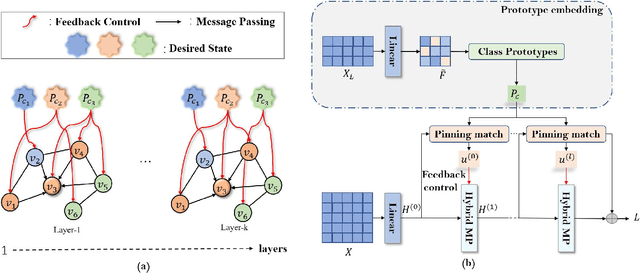
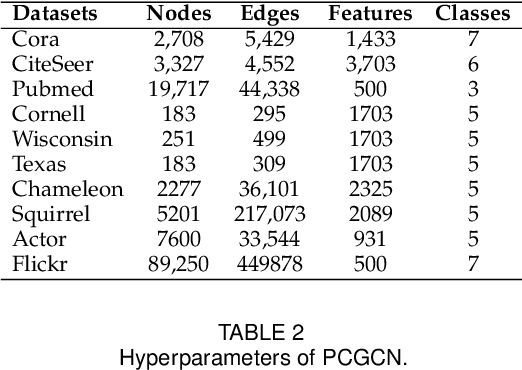
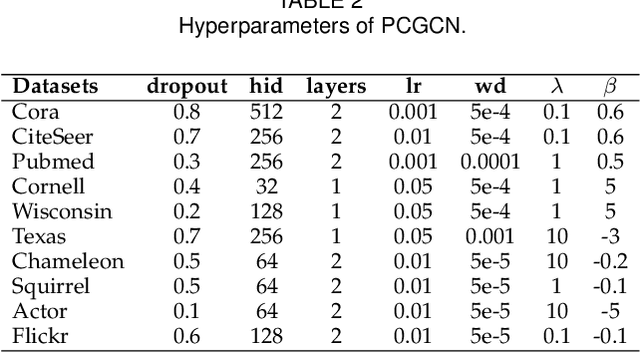
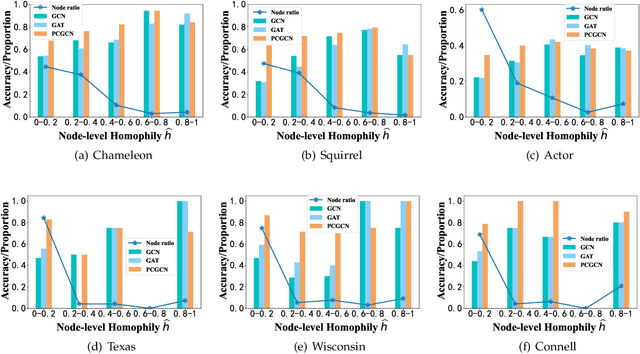
Abstract:In the semi-supervised setting where labeled data are largely limited, it remains to be a big challenge for message passing based graph neural networks (GNNs) to learn feature representations for the nodes with the same class label that is distributed discontinuously over the graph. To resolve the discontinuous information transmission problem, we propose a control principle to supervise representation learning by leveraging the prototypes (i.e., class centers) of labeled data. Treating graph learning as a discrete dynamic process and the prototypes of labeled data as "desired" class representations, we borrow the pinning control idea from automatic control theory to design learning feedback controllers for the feature learning process, attempting to minimize the differences between message passing derived features and the class prototypes in every round so as to generate class-relevant features. Specifically, we equip every node with an optimal controller in each round through learning the matching relationships between nodes and the class prototypes, enabling nodes to rectify the aggregated information from incompatible neighbors in a graph with strong heterophily. Our experiments demonstrate that the proposed PCGCN model achieves better performances than deep GNNs and other competitive heterophily-oriented methods, especially when the graph has very few labels and strong heterophily.
Stochastic Event-triggered Variational Bayesian Filtering
Jun 14, 2022
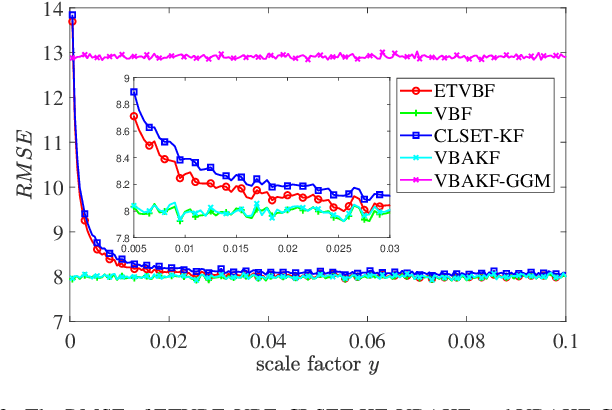
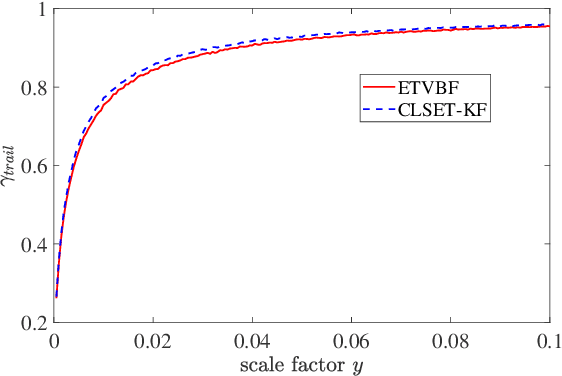
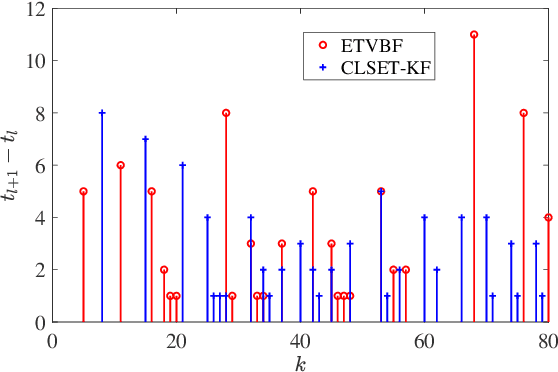
Abstract:This paper proposes an event-triggered variational Bayesian filter for remote state estimation with unknown and time-varying noise covariances. After presetting multiple nominal process noise covariances and an initial measurement noise covariance, a variational Bayesian method and a fixed-point iteration method are utilized to jointly estimate the posterior state vector and the unknown noise covariances under a stochastic event-triggered mechanism. The proposed algorithm ensures low communication loads and excellent estimation performances for a wide range of unknown noise covariances. Finally, the performance of the proposed algorithm is demonstrated by tracking simulations of a vehicle.
A Learning Convolutional Neural Network Approach for Network Robustness Prediction
Mar 20, 2022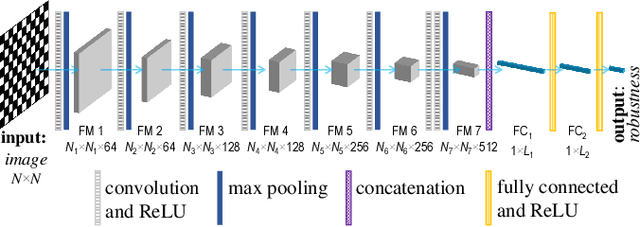
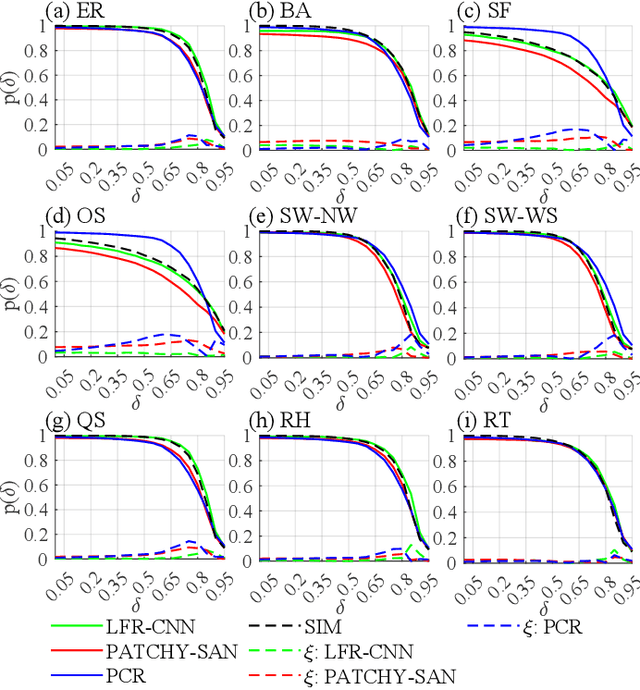
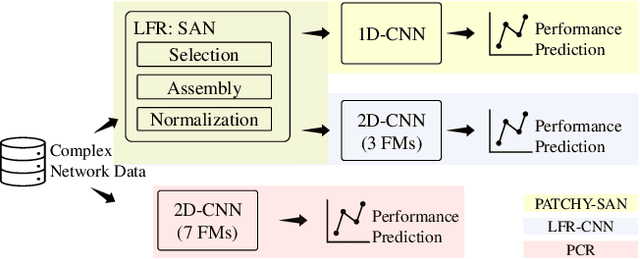
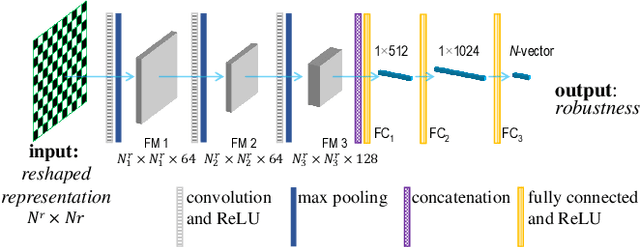
Abstract:Network robustness is critical for various societal and industrial networks again malicious attacks. In particular, connectivity robustness and controllability robustness reflect how well a networked system can maintain its connectedness and controllability against destructive attacks, which can be quantified by a sequence of values that record the remaining connectivity and controllability of the network after a sequence of node- or edge-removal attacks. Traditionally, robustness is determined by attack simulations, which are computationally very time-consuming or even practically infeasible. In this paper, an improved method for network robustness prediction is developed based on learning feature representation using convolutional neural network (LFR-CNN). In this scheme, higher-dimensional network data are compressed to lower-dimensional representations, and then passed to a CNN to perform robustness prediction. Extensive experimental studies on both synthetic and real-world networks, both directed and undirected, demonstrate that 1) the proposed LFR-CNN performs better than other two state-of-the-art prediction methods, with significantly lower prediction errors; 2) LFR-CNN is insensitive to the variation of the network size, which significantly extends its applicability; 3) although LFR-CNN needs more time to perform feature learning, it can achieve accurate prediction faster than attack simulations; 4) LFR-CNN not only can accurately predict network robustness, but also provides a good indicator for connectivity robustness, better than the classical spectral measures.
Hyperparameter-free and Explainable Whole Graph Embedding
Aug 04, 2021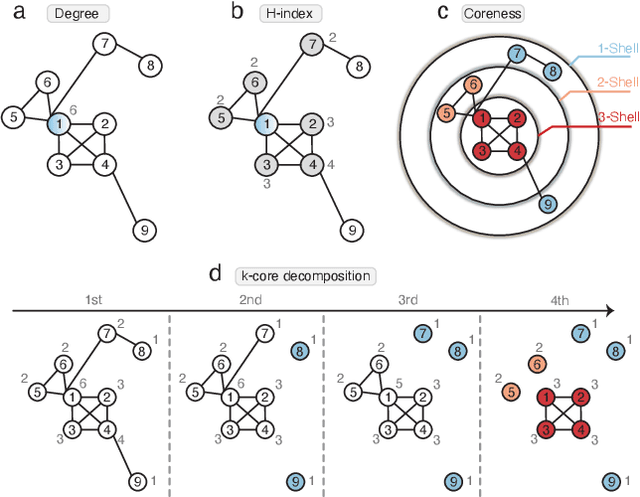
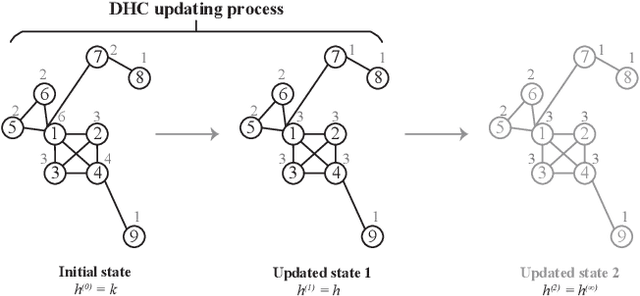
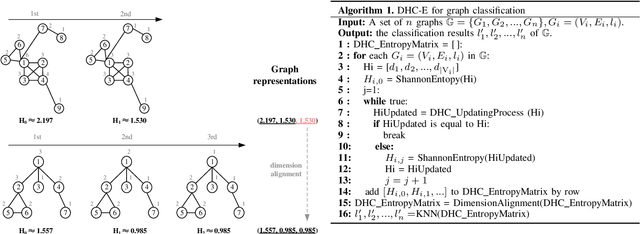
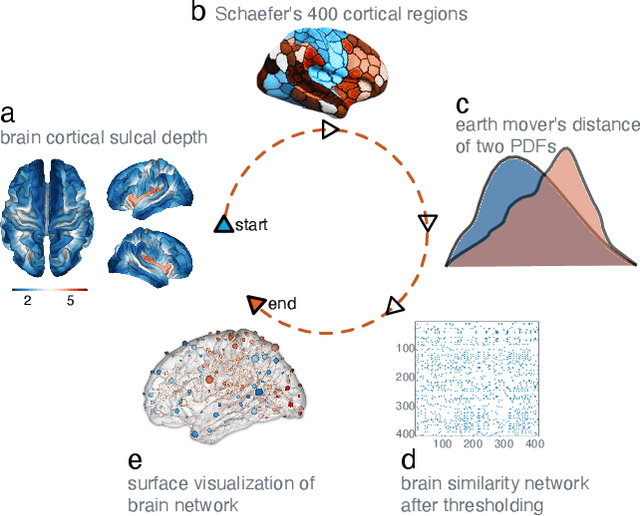
Abstract:Many real-world complex systems can be described as graphs. For a large-scale graph with low sparsity, a node's adjacency vector is a long and sparse representation, limiting the practical utilization of existing machine learning methods on nodal features. In practice, graph embedding (graph representation learning) attempts to learn a lower-dimensional representation vector for each node or the whole graph while maintaining the most basic information of graph. Since various machine learning methods can efficiently process lower-dimensional vectors, graph embedding has recently attracted a lot of attention. However, most node embedding or whole graph embedding methods suffer from the problem of having more sophisticated methodology, hyperparameter optimization, and low explainability. This paper proposes a hyperparameter-free, extensible, and explainable whole graph embedding method, combining the DHC (Degree, H-index and Coreness) theorem and Shannon Entropy (E), abbreviated as DHC-E. The new whole graph embedding scheme can obtain a trade-off between the simplicity and the quality under some supervised classification learning tasks, using molecular, social, and brain networks. In addition, the proposed approach has a good performance in lower-dimensional graph visualization. The new methodology is overall simple, hyperparameter-free, extensible, and explainable for whole graph embedding with promising potential for exploring graph classification, prediction, and lower-dimensional graph visualization.
Performance Analysis of a Two-Hop Relaying LoRa System
Aug 02, 2021
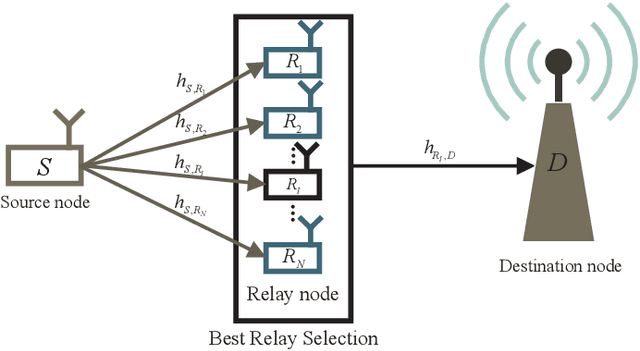
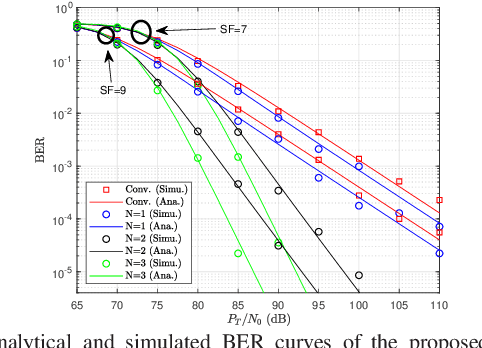
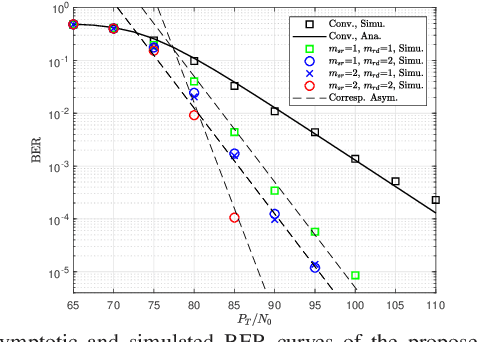
Abstract:The conventional LoRa system is not able to sustain long-range communication over fading channels. To resolve the challenging issue, this paper investigates a two-hop opportunistic amplify-and-forward relaying LoRa system. Based on the best relay-selection protocol, the analytical and asymptotic bit error rate (BER), achievable diversity order, coverage probability, and throughput of the proposed system are derived over the Nakagamim fading channel. Simulative and numerical results show that although the proposed system reduces the throughput compared to the conventional LoRa system, it can significantly improve BER and coverage probability. Hence, the proposed system can be considered as a promising platform for low-power, long-range and highly reliable wireless-communication applications.
Computing Cliques and Cavities in Networks
Jan 03, 2021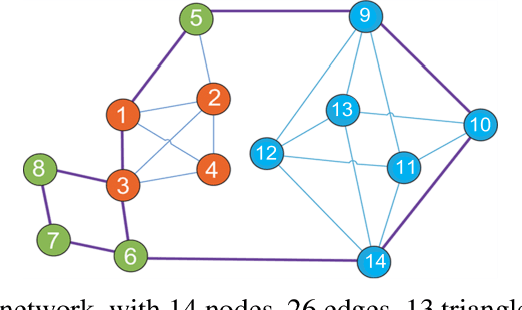

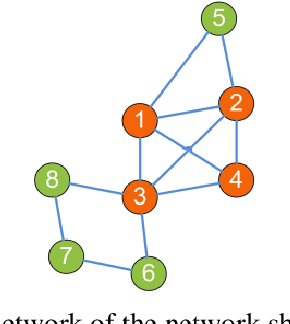
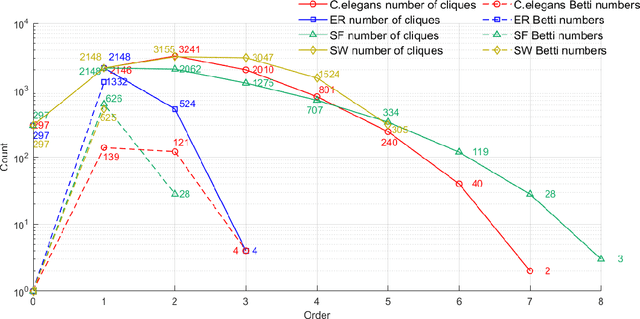
Abstract:Complex networks have complete subgraphs such as nodes, edges, triangles, etc., referred to as cliques of different orders. Notably, cavities consisting of higher-order cliques have been found playing an important role in brain functions. Since searching for the maximum clique in a large network is an NP-complete problem, we propose using k-core decomposition to determine the computability of a given network subject to limited computing resources. For a computable network, we design a search algorithm for finding cliques of different orders, which also provides the Euler characteristic number. Then, we compute the Betti number by using the ranks of the boundary matrices of adjacent cliques. Furthermore, we design an optimized algorithm for finding cavities of different orders. Finally, we apply the algorithm to the neuronal network of C. elegans in one dataset, and find its all cliques and some cavities of different orders therein, providing a basis for further mathematical analysis and computation of the structure and function of the C. elegans neuronal network.
Predicting Network Controllability Robustness: A Convolutional Neural Network Approach
Aug 26, 2019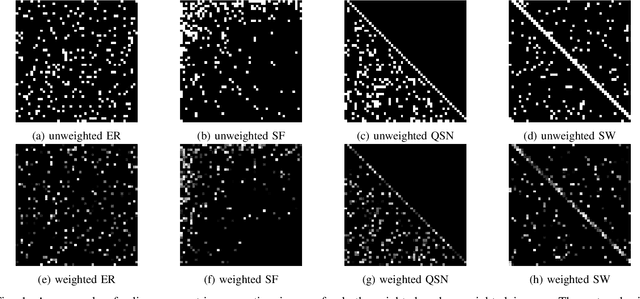

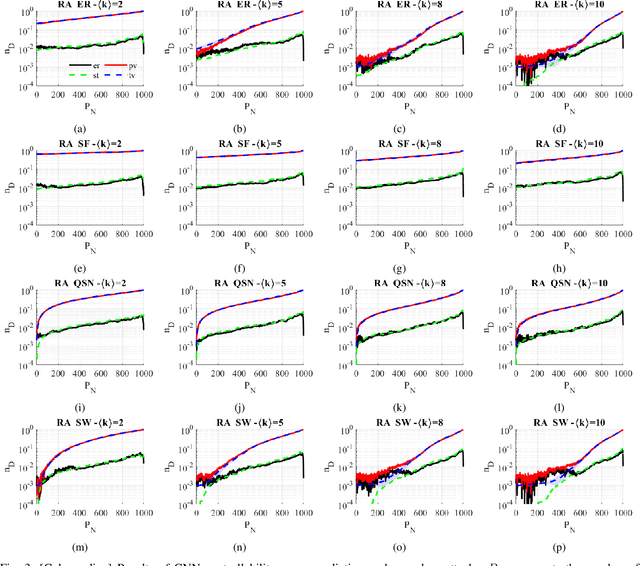
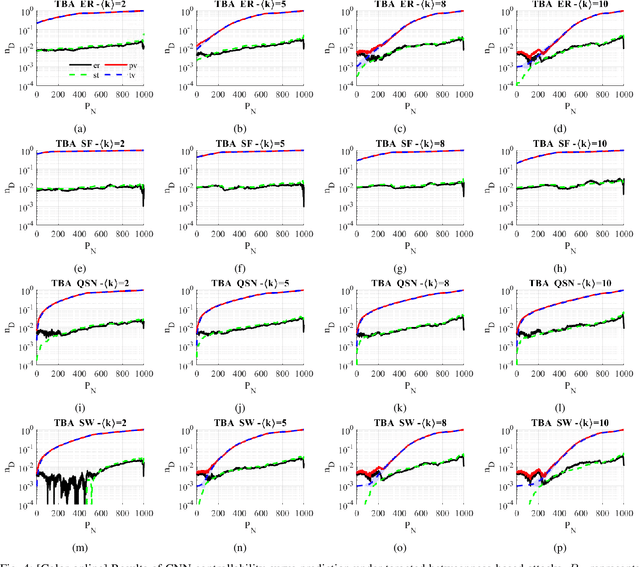
Abstract:Network controllability measures how well a networked system can be controlled to a target state, and its robustness reflects how well the system can maintain the controllability against malicious attacks by means of node-removals or edge-removals. The measure of network controllability is quantified by the number of external control inputs needed to recover or to retain the controllability after the occurrence of an unexpected attack. The measure of the network controllability robustness, on the other hand, is quantified by a sequence of values that record the remaining controllability of the network after a sequence of attacks. Traditionally, the controllability robustness is determined by attack simulations, which is computationally time consuming. In this paper, a method to predict the controllability robustness based on machine learning using a convolutional neural network is proposed, motivated by the observations that 1) there is no clear correlation between the topological features and the controllability robustness of a general network, 2) the adjacency matrix of a network can be regarded as a gray-scale image, and 3) the convolutional neural network technique has proved successful in image processing without human intervention. Under the new framework, a fairly large number of training data generated by simulations are used to train a convolutional neural network for predicting the controllability robustness according to the input network-adjacency matrices, without performing conventional attack simulations. Extensive experimental studies were carried out, which demonstrate that the proposed framework for predicting controllability robustness of different network configurations is accurate and reliable with very low overheads.
Subgraph Networks with Application to Structural Feature Space Expansion
Apr 01, 2019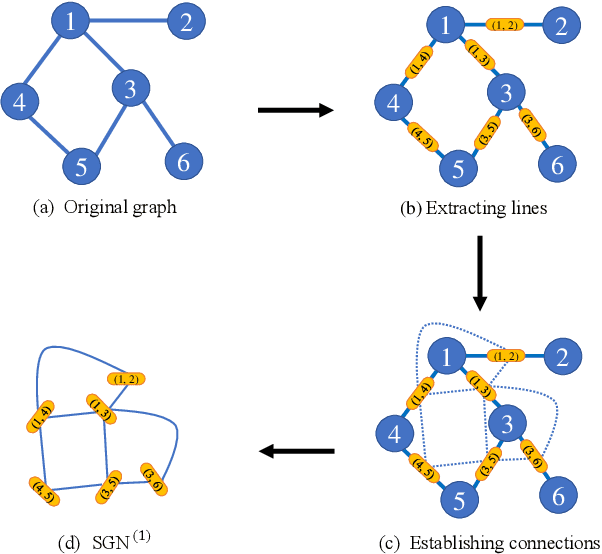
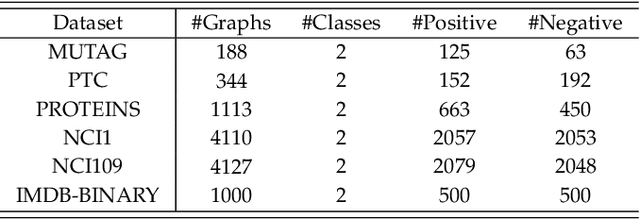
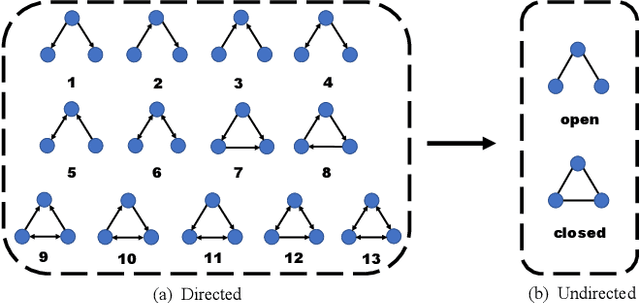
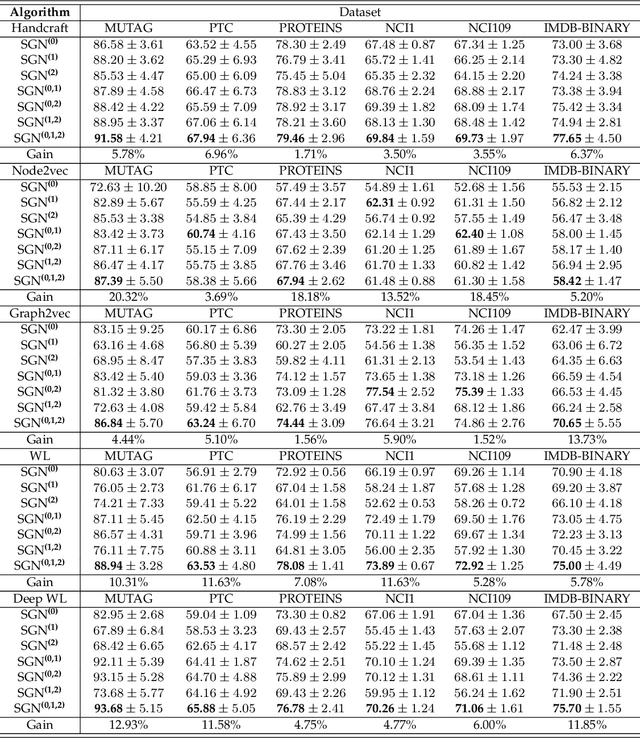
Abstract:In this paper, the concept of subgraph network (SGN) is introduced and then applied to network models, with algorithms designed for constructing the 1st-order and 2nd-order SGNs, which can be easily extended to build higher-order ones. Furthermore, these SGNs are used to expand the structural feature space of the underlying network, beneficial for network classification. Numerical experiments demonstrate that the network classification model based on the structural features of the original network together with the 1st-order and 2nd-order SGNs always performs the best as compared to the models based only on one or two of such networks. In other words, the structural features of SGNs can complement that of the original network for better network classification, regardless of the feature extraction method used, such as the handcrafted, network embedding and kernel-based methods. More interestingly, it is found that the model based on the handcrafted feature performs even better than those based on automatically generated features, at least for most datasets tested in the present investigation. This indicates that, in general, properly chosen structural features are not only more interpretable due to their clear physical meanings, but also effective in designing structure-based algorithms for network classification.
 Add to Chrome
Add to Chrome Add to Firefox
Add to Firefox Add to Edge
Add to Edge